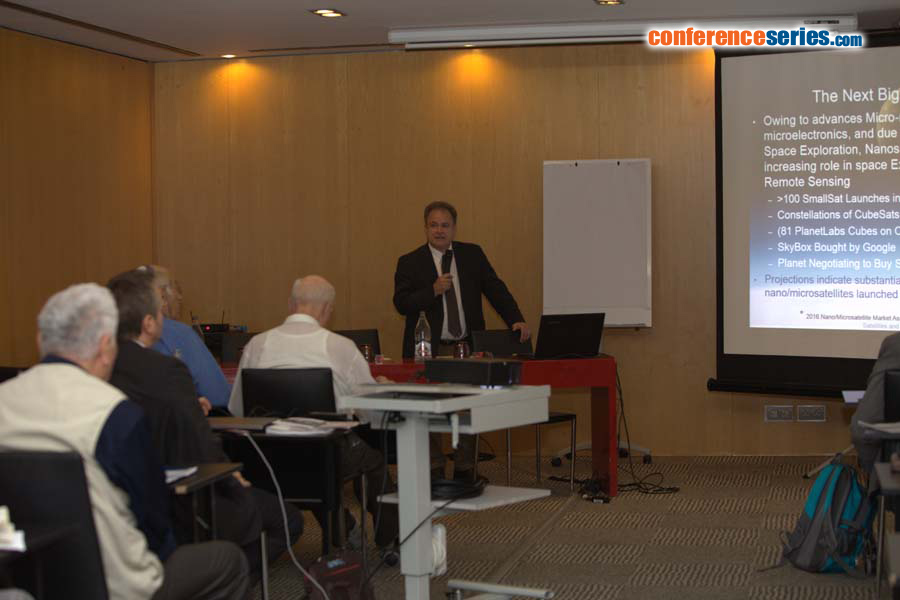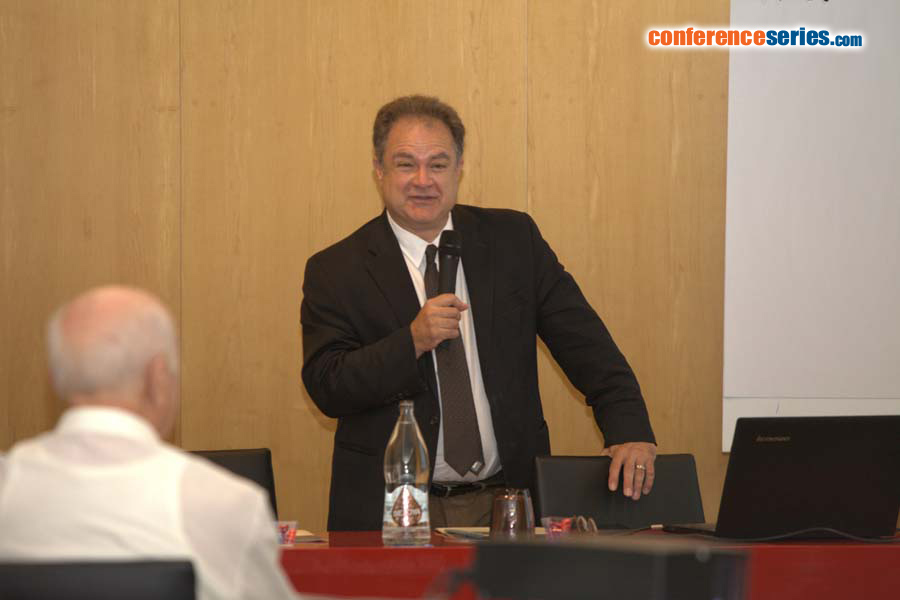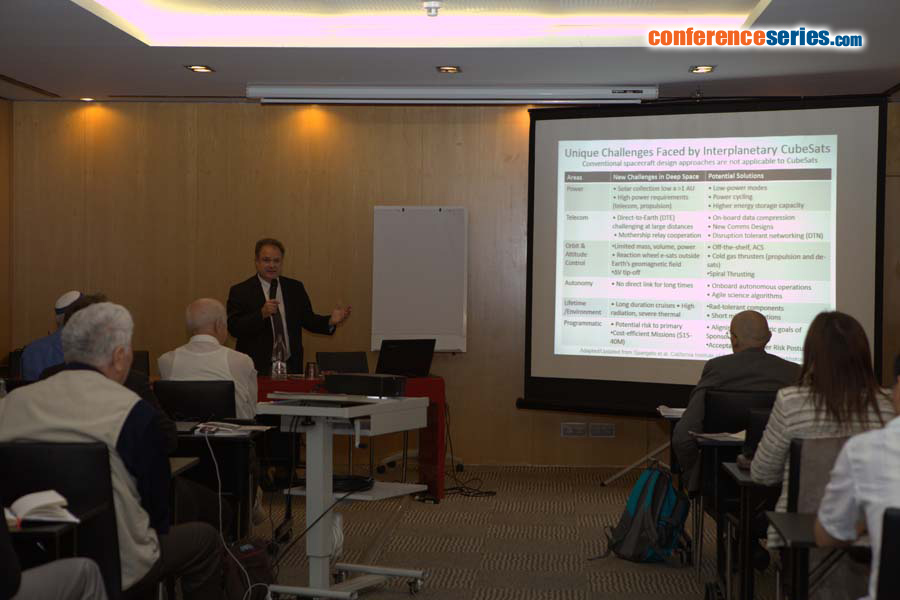
Benjamin K. Malphrus
Morehead State University
USA
Title: Lunar IceCube: Pioneering Technologies for Interplanetary Small Satellite Exploration
Biography
Biography: Benjamin K. Malphrus
Abstract
Lunar IceCube, a 6U CubeSat designed to prospect for water in solid, liquid, and vapor forms and other volatiles from a low-perigee, highly inclined lunar orbit, has been selected by NASA to fly on Exploration Mission -1 (EM-1). The mission is a partnership between Morehead State University, NASA Goddard Spaceflight Center, JPL, the Busek Company, and Vermont Tech. Lunar IceCube will be deployed during lunar trajectory by the Space Launch System (SLS) and use an innovative RF Ion engine to achieve lunar capture and the science orbit (inertially locked, highly elliptical, 100 km periapsis) to investigate the distribution of water as a function of time of day, latitude, and regolith composition in the context of lunar mineralogy. IceCube will include the Broadband InfraRed Compact High Resolution Exploration Spectrometer (BIRCHES), developed by GSFC- a compact version of the successful New Horizons instrument designed with the high spectral resolution (5 nm) and wavelength range (1 to 4 μm) needed to distinguish forms of water, including ice. The mission will complement the scientific work of other missions by focusing on the abundance, location and transportation physics of water ice on the lunar surface at a variety of latitudes. Lunar IceCube, while primarily a science mission, will demonstrate technologies that will enable future interplanetary exploration with small satellite platforms including radiation-hardened subsystems, a precise ranging transponder/transceiver, a capable attitude determination and control system, a high power solar array and an innovative electric propulsion system (EP). The EP (Busek BIT-3 Iodine engine) generates 1.2km-1 of delta-v and, combined with an innovative low energy manifold trajectory, allows the spacecraft to reach lunar orbit from Earth escape with minimal energy. The 13 secondary payloads to be deployed on EM-1, including Lunar IceCube, will usher in a new era of solar system exploration with small satellite platforms.






